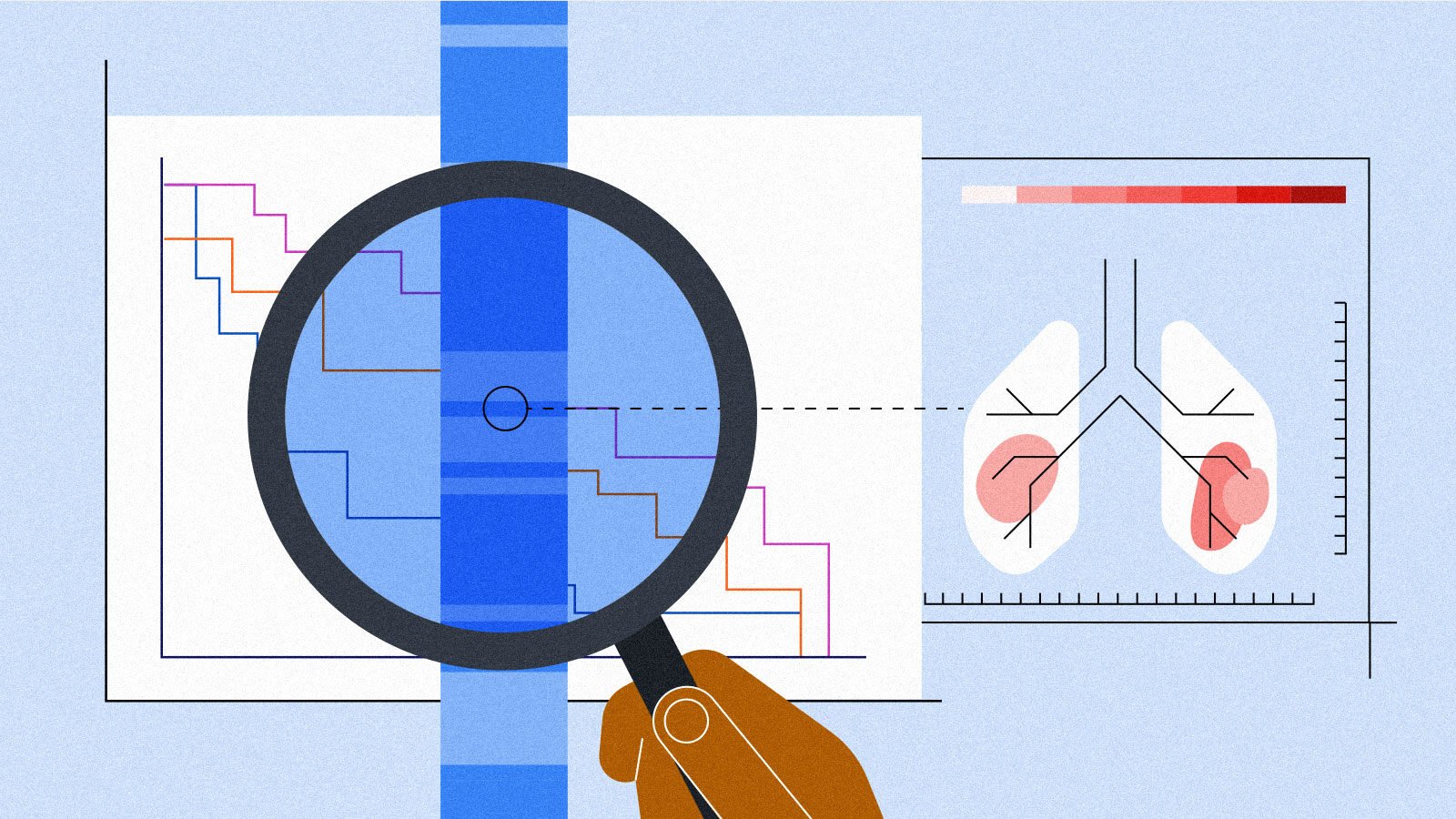ISPOR Europe unfolded against a challenging backdrop for healthcare systems this year, and speakers didn't miss a chance to remind the 6,000+ policy-makers, researchers, payers, and pharmaceutical industry executives in attendance, including a large cohort of HEOR leaders and decision-makers, that improving healthcare value and advancing patient access in this difficult environment would require stronger scientific evidence and "deeper collaborations between patients, payers, providers, regulators, and industry.”
It’s a timely call to action, and one we fully embrace at Flatiron, where we continue to invest in strategic partnerships to expand our oncology research network around the world. We’ve highlighted some important themes that stood out throughout the conference and will undoubtedly remain front and center in 2026.
AI adoption
Several sessions revisited recommendations from NICE and other HTA bodies on Artificial Intelligence (AI) adoption, highlighting how far AI has advanced across use cases ranging from patient phenotyping and reimbursement to EHR data abstraction, evidence synthesis, and systematic literature reviews. Speakers from biopharmaceutical companies shared how AI reduced the time and cost of value dossier specification where it became possible to submit to low and middle income countries that would not have otherwise been possible given constrained resources, while others reported shortening the time for preparation of evidence from 9 months to 2 months with AI-enabled workflows. Adoption will continue to accelerate in 2026, but speakers consistently underscored the importance of human oversight and transparency.
Data harmonization
Data harmonization was a consistent theme throughout the conference, not only in our presentations, but across most workshops and panel discussions. Common datasets, standardized processes, and aggregated federated data vs patient-level data analysis framework debates have the potential to enable more ambitious cross-border studies and meaningfully expand the utility of local and global RWD, but realizing that potential will require closer collaboration among industry, sponsors, HTA bodies, and regulators.
EU Joint Clinical Assessment & system uncertainty
Several sessions focused on the hope and challenges with the new European Union (EU) joint clinical assessment (JCA) where EMA and HTA bodies work together to gather and interpret the evidence of clinical effectiveness for new medicines. Health technology developers shared experiences in gathering information to fill all the gaps in information about requested patient populations, intervention, comparators, and outcomes (PICOs). The ISPOR community is keenly aware of the steep challenges facing healthcare today around the world, and the uncertainties over cost, reimbursement, and policy are unlikely to get resolved over the next 12 months, especially considering the current level of anxiety in Europe over the practical realities of integrating JCA outputs into existing national frameworks.
Value
The U.S.’s emerging most-favored-nation (MFN) approach to drug pricing is driving a significant shift in the global pricing and reimbursement landscape. Nowhere was this tension more palpable than in the discussions surrounding the Schaeffer Center’s critique of the HEMA draft report, a document that had everyone talking. The critique’s opening declaration struck a chord with many attendees:
Healthcare resource allocation should serve the needs of the individual people in a society who benefited from it and paid for it, not the needs of health technology assessment bodies or payers who are entrusted to manage those resources on individuals' behalf.
This sentiment underscores the fact that traditional cost-effectiveness frameworks are under growing pressure to account for broader elements of value, including economic efficiency, utility, patients’ lived experiences, treatment burden, and adherence. Expect HTA bodies to begin integrating richer qualitative data in their frameworks in the near future.
Evolving evidence strategy
Taken together, these themes point to a larger reality: the evidence ecosystem is growing more complex. As AI adoption continues to expand, data harmonization becomes more urgent, EU JCA processes reshape evidence requirements, and pricing and policy pressure intensify, stakeholders will need more integrated and forward-looking evidence strategies. Addressing these complexities should be a top priority in 2026, and early, meaningful stakeholder engagement will be critical to moving the field forward.
Contact us to learn more about how Flatiron is addressing these key themes, from AI adoption to policy impact, as we transform the possibilities of oncology research, development, and access.



